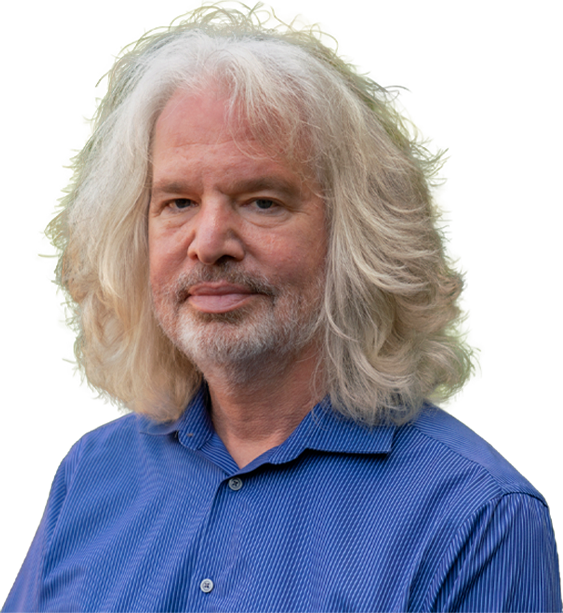by Marshall Goldsmith
Our behavioral coaching process is designed to help successful leaders achieve positive, long-term, measurable change in behavior.
We first get an agreement with our clients and their managers on two key variables: 1) what are the key behaviors that will make the biggest positive change in increased leadership effectiveness? And 2) who are the key stakeholders who can determine (6 to 12 months later) if this change has occurred? We get paid only after our coaching clients have achieved a positive change in key leadership behaviors as determined by key stakeholders.
Many behavioral coaches are paid for the wrong reasons. Their income is a function of “How much do my clients like me?” and “How much time did I spend in coaching?” Both are poor metrics for achieving a positive, long-term change in behavior. A clients’ love of a coach never correlates with their change in behavior. And since my clients’ time is more valuable than mine, I spend as little of their time as necessary to achieve the desired results. The last thing they need is for me to waste their time!
Qualifying the Coaching Client
We have learned to qualify our coaching clients, meaning that we only work with clients whom we believe will benefit from our coaching process.
Have you ever tried to change the behavior of a successful adult that had no interest in changing? How much luck did you have? Probably none! I only work with executives who are willing to make a sincere effort to change and who believe that this change will help them become better leaders. We refuse to work with leaders who do not demonstrate this sincere commitment to personal development.
I would never choose to work with a client who has an integrity violation. I believe that people with integrity violations should be fired, not coached.
Our behavioral coaching works best when the issue is behavioral, people are given a fair chance, and they are motivated to improve themselves.
Involving Key Stakeholders
As a behavioral coach, I have gone through three distinct phases:
Phase 1.
I believed that my clients would become better because of me. I thought that the coach was the key variable in behavioral change. I was wrong. The key variable for successful change and long-term progress is not the coach, teacher, or advisor; rather it is the people being coached and their co-workers.
Phase 2.
I spent most of my time focusing on my coaching clients. I slowly learned that a hard working client was more important than a brilliant coach! I learned that their ongoing efforts meant more than my clever ideas.
Phase 3.
I now spend most of my time not with my coaching client but with the key stakeholders around my client. Results are dramatically better.
I ask key stakeholders to help the person I’m coaching in four ways:
1. Let go of the past.
When we bring up the past, we demoralize people who are trying to change. Whatever happened in the past cannot be changed. By focusing on a future that can get better, the key stakeholders can help my clients improve. (We call this process feedforward, instead of feedback.)
2. Be helpful and supportive, not cynical, sarcastic, or judgmental.
If my clients reach out to key stakeholders and feel punished for trying to improve, they will stop trying. Why should any of us work hard to build relationships with people who won’t give us a chance?
3. Tell the truth.
I do not want to work with a client, have them get a glowing report from key stakeholders, and later hear that one of the stakeholders said, “He didn’t really get better. I just said that.” This is not fair.
4. Pick something to improve yourself.
My clients are open with stakeholders about what they are going to change, and they ask for ongoing suggestions. I also ask the stakeholders to pick something to improve and to ask my client for suggestions. This makes the process “two-way.” It helps the stakeholders act as “fellow travelers” who are trying to improve, not “judges” who are pointing their fingers at my client.
Steps in the Process
The following eight steps outline our behavioral coaching process:
1. Involve the leaders being coached in determining the desired behavior in their leadership roles.
Leaders can’t be expected to change behavior if they don’t have a clear understanding of what desired behavior looks like. The people whom we coach (in agreement with their managers) work with us to determine desired leadership behavior.
2. Involve the leaders being coached in determining key stakeholders.
People being coached also need to be clear (and in agreement with their managers) on key stakeholders. People deny the validity of feedback for two major reasons: wrong items or wrong raters. By having our clients and their managers agree on the desired behaviors and key stakeholders in advance, we help ensure their “buy in” to the process.
3. Collect feedback.
With CEO clients, I personally interview all key stakeholders, since the company is making a real investment in their development. However, at lower levels, traditional 360-degree feedback can work very well.
4. Determine key behaviors for change.
Keep it simple and focused. Pick only one or two key areas for behavioral change with each client. This helps ensure maximum attention on the most important behavior. My clients and their managers agree upon the desired behavior for change.
5. Have the coaching client respond to key stakeholders.
The person being reviewed should talk with each key stakeholder and collect additional “feedforward” suggestions on how to improve on the key areas targeted for improvement. In responding, the person being coached should keep the conversation positive, simple and focused. When mistakes have been made in the past, it is a good idea to apologize and ask for help in changing the future.
6. Review what has been learned with clients and help them develop an action plan.
I only give my clients suggestions. I ask them to listen to my ideas in the same way they listen to the ideas from their key stakeholders. I then ask them to come back with a plan of what they want to do. These plans need to come from them, not me. After reviewing their plans, I encourage them to live up to their commitments. I am more of a facilitator. I just help my clients do what they know is the right thing to do.
7. Develop an ongoing follow-up process.
Ongoing follow-up should be efficient and focused. Questions like, “Based upon my behavior last month, what ideas do you have for me next month?” can keep a focus on the future. After six months, conduct a two-to-six item Mini-Survey with key stakeholders. They should be asked whether the person has become more or less effective in areas targeted for improvement.
8. Review results and start again.
If the person being coached has taken the process seriously, stakeholders report improvement. Build on that success by repeating the process for the next 12 months. This follow-up will assure continued progress on initial goals and uncover additional areas for improvement. Stakeholders will appreciate the follow-up. No one minds filling out a focused, six-item questionnaire if they see positive results. The person being coached will benefit from targeted steps to improve performance.
Most requests for coaching involve behavioral change. This process can be meaningful for top executives, and for high-potential future leaders who have great careers in front of them.
Can executives really change their behavior?” Yes! And at the top, even a small positive change in behavior can have a big impact. The fact that the executive is trying to change anything (and is being a role model for personal development) may be even more important than what the executive is trying to change. I tell every CEO that I coach: “To help others develop, start with yourself!” LE
Share this:


